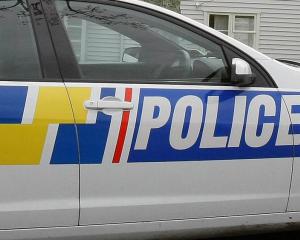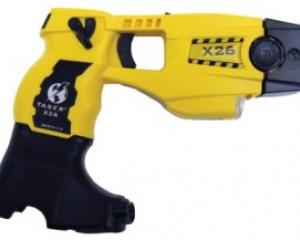The number of armed offenders squad callouts nationally has jumped over the past two years as squad responsibilities widen and police face greater risk from guns.
Between 1996 and 2009, armed offenders squads attended an average of 513 callouts per year.
Last year the number rose to 992. The busiest squad was Wellington, with 175 callouts, followed by Auckland and Christchurch with 127 and 113 respectively.
Superintendent Bruce Dunstan, the police commander of national tactical groups and overall head of New Zealand's 17 armed offenders squads, said the increase in numbers was a result of changing responsibilities - squad members now provided assistance for drug operations as well as attending the usual armed incidents.
Supt Dunstan said pre-planned operations, including assisting in drug operations and executing search warrants, now accounted for almost two-thirds of callouts. He said the squads could be called in "for other risk situations or duties where the use or possession of firearms is likely".
The risk for police officers in going to routine jobs without armed backup was highlighted in June 2010 when Christchurch man Christopher Graeme Smith shot and wounded two officers and killed police dog Gage.
The officers had visited Smith to execute a routine search warrant for cannabis. He is now serving 14 years in prison for attempted murder and grievous bodily harm.
Supt Dunstan said the environment for squad staff had changed dramatically over the last decade.
"Offenders seem more and more willing to use firearms either in the commission of crimes or when confronted with police, necessitating greater use of AOS in support of police.
"Crime trends such as clandestine methamphetamine labs and greater appreciation by police of risk have led to increased deployments."
Supt Dunstan said another result of the changing landscape of crime was a change in training and skills.
"There is a need for new training and equipment suitable to the new environment.
"Offenders are likely to be more dangerous and prone to irrational behaviour as well as being more likely to be armed."
By the middle of this year, other frontline police officers will have better access to firearms after the Government gave permission for 2700 Glock pistols and Bushmaster rifles to be carried in locked boxes in patrol cars.
This could result in a fall in the number of armed offenders squad callouts. The 17 squads are made up of part-time members drawn from all branches of the police.
Squad numbers range from 12 to 30 with the largest based in Auckland, Wellington and Christchurch.
Total numbers vary but current strength is about 320 officers.
The numbers
992: Armed offender callouts in the 12 months to June 30 last year.
513: Average number of callouts in the previous 14 years.
17: Armed offender squads in New Zealand.
320: Police officers in armed offenders squads.






